Everyday Tools That Shaped Eras
Not all inventions were designed to impress. You may see them as humble tools and forgettable objects, but they are everywhere around us—in drawers, on desks, maybe even in your pocket. However, what makes them fascinating isn't how they look but how deeply they've shaped our past and present. Ahead, we are covering 20 items so plain that you might overlook them completely until you see just how much they've done.
 Giant Waynesboro Insect on Wikimedia
Giant Waynesboro Insect on Wikimedia
1. The Pencil
By becoming the most accessible writing tool in schools worldwide, the pencil enabled mass literacy. It was essential for drafting early blueprints and maps—even for space missions like Apollo 11. Pencils are impressive—they can write underwater, in zero gravity, and upside down.
2. The Nail
The nail revolutionized construction and enabled large-scale building and permanent structures. Before mass-produced nails, entire houses had to be deconstructed to reuse nails. Thomas Jefferson acquired a nail-making machine and used it to increase nail production, and in the 1700s, families collected nails from burned buildings for reuse.
3. The Wheelbarrow
Thanks to the wheelbarrow, a single person could transport loads that once required several people. It was essential for agriculture and construction, and the earliest known wheelbarrows appeared in 2nd-century China. During World War I, wheelbarrows were used to carry wounded soldiers to safety.
4. The Mirror
Mirrors enabled breakthroughs in optics, astronomy, and psychological self-awareness. While they made possible inventions like the telescope and the microscope, they also inspired myths and even horror genres for centuries. Before glass mirrors, polished obsidian was used to see reflections.
5. The Button
By replacing pins and ties, buttons allowed clothing to be tailored and secured efficiently. Their invention enabled layered, fitted garments, advancing both fashion and military wear. The oldest known button is over 5,000 years old and was ornamental, and there’s an entire museum dedicated to buttons.
6. The Brick
We have bricks to thank for durable, scalable city infrastructure and homes. They enabled consistent building standards across empires, from Mesopotamia to Rome. In Roman times, brickmakers were legally required to stamp bricks with their identity, and the Great Wall of China used over 3 billion bricks.
 Canary Wu on Wikimedia Commons
Canary Wu on Wikimedia Commons
7. The Zipper
For quick fastening in clothing and gear, zippers replaced buttons and laces. Their widespread use began in World War I for flight suits and boots. Zippers revolutionized women's fashion by enabling form-fitting garments, and the word “zipper” came from the sound it made.
8. The Paperclip
Paperclips changed document organization. Not only did they replace pins and staples, but they became an iconic symbol of bureaucracy and productivity. During WWII, Norwegians wore paperclips as a symbol of resistance, and today, there are over 50 documented paperclip patents.
9. The Toothbrush
Thanks to toothbrushes, dental hygiene and life expectancy drastically improved. Mass adoption began after soldiers received them during World War II. The first bristle toothbrush was made with boar hair, and China invented the earliest known toothbrush in the 15th century.
10. The Matchstick
Instant, portable fire for cooking, lighting, and industry was enabled by matchsticks. They replaced flint and steel, making fire-starting dramatically easier. Unlike today’s matchsticks, early matchsticks were so dangerous that they could ignite spontaneously. “Lucifer” was a common term for them.
11. The Envelope
The world’s first envelope was made in ancient Babylon out of clay. Envelopes secured written communication during wartime and diplomacy and formalized business and personal correspondence practices. In 1872, Japan was among the first countries to mandate envelopes for mail.
12. The Sewing Needle
Needles allowed humans to create fitted clothing and sails. They enabled the textile trade, which was critical to global economies. The oldest known sewing needle is over 50,000 years old. Ancient needles were made from bone, ivory, and even fish spines, unlike modern ones.
13. The Tuning Fork
Modern music and acoustics are possible because the tuning fork standardized pitch. Tuning forks are used in medicine to assess hearing and nerve damage. It was invented by a British trumpeter in 1711. NASA has explored the use of tuning forks to understand vibrations.
14. The Rubber Band
Rubber bands transformed office and manufacturing efficiency. Thanks to them, it was easy to bundle and sort items. They were first made from crafted from vulcanized rubber processed from latex, and today, there's a competitive sport called rubber band shooting.
15. The Ice Cube Tray
Not only did ice cube trays make cold drinks and refrigeration to be household norms, but they also facilitated the rise of cocktail culture and food safety. Frozen food industries boomed after their introduction. The first trays were made of stainless steel with levers.
16. The Eraser
Erasers empowered writers and designers to revise easily. Rough scraping methods like sandpaper or knife blades found a replacement in them. The first erasers were made from bread, and it was a British scientist who accidentally discovered rubber’s erasability. Today, Japan produces erasers shaped like sushi and animals.
17. The Shoelace
Because of shoelaces, shoes fit securely and perform better. Archaeological finds show that shoelaces were used over 5,000 years ago. Some cultures tied charms to laces for protection, and Velcro tried to replace laces but never fully succeeded. Shoelaces have plastic tips called aglets.
 Photo By: Kaboompics.com on Pexels
Photo By: Kaboompics.com on Pexels
18. The Compass
Compasses enabled global exploration and sea travel and directly contributed to the Age of Discovery and empire-building. The Chinese developed early compasses with lodestones, and today, magnetic compasses still work where GPS fails. Pirates allegedly swallowed compasses to avoid theft.
19. The Tin Can
Napoleon offered a prize for a food preservation method—the tin can was the result. Food storage was revolutionized by tin cans, as they enabled long-term rations. They played a vital role in wartime logistics and survival, and early cans required hammers and chisels to open.
20. The Light Switch
Light switches made electricity accessible and controllable for all and enabled modern lighting design and home infrastructure. Smart switches today trace back to this simple device, and dimmer switches debuted in theaters before homes. The first switches were rotary-style and often shocked users.
KEEP ON READING
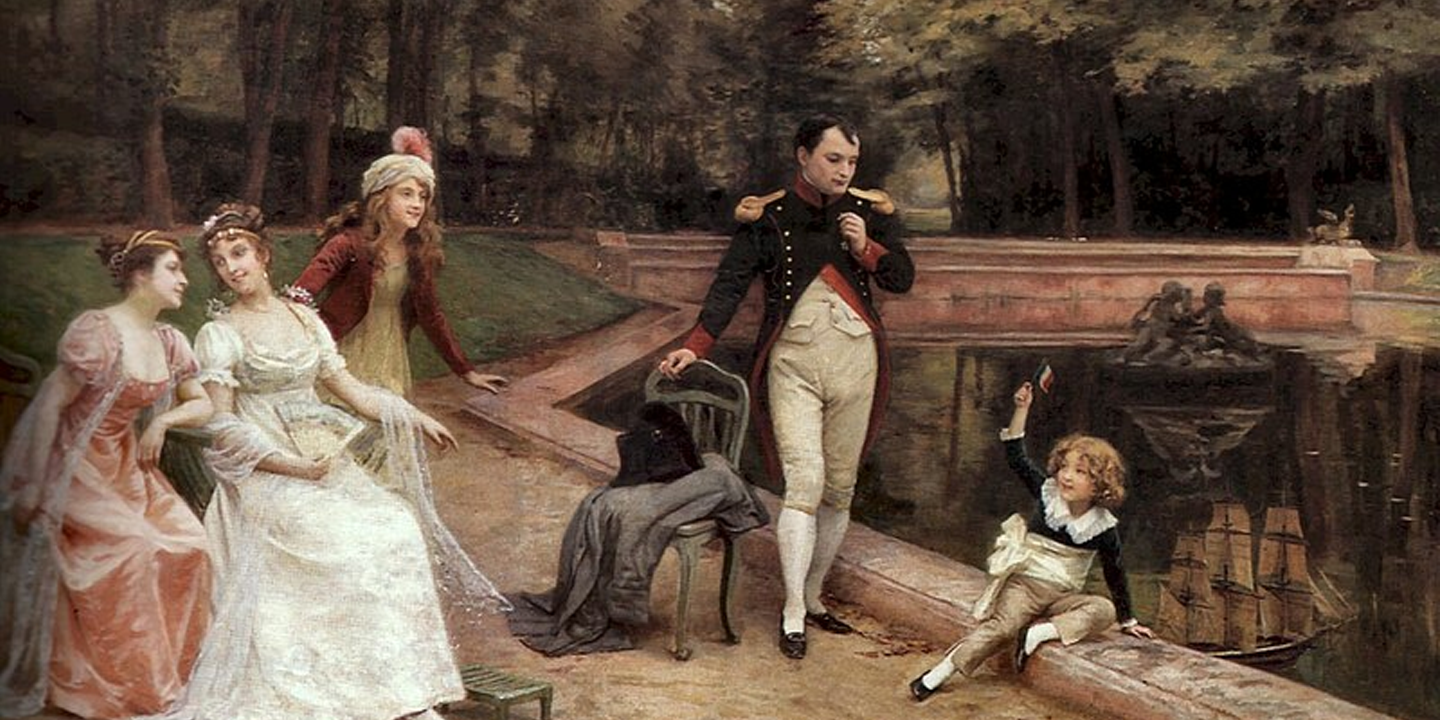
The 20 Most Recognized Historical Figures Of All Time
The Biggest Names In History. Although the Earth has been…
By Cathy Liu Oct 4, 2024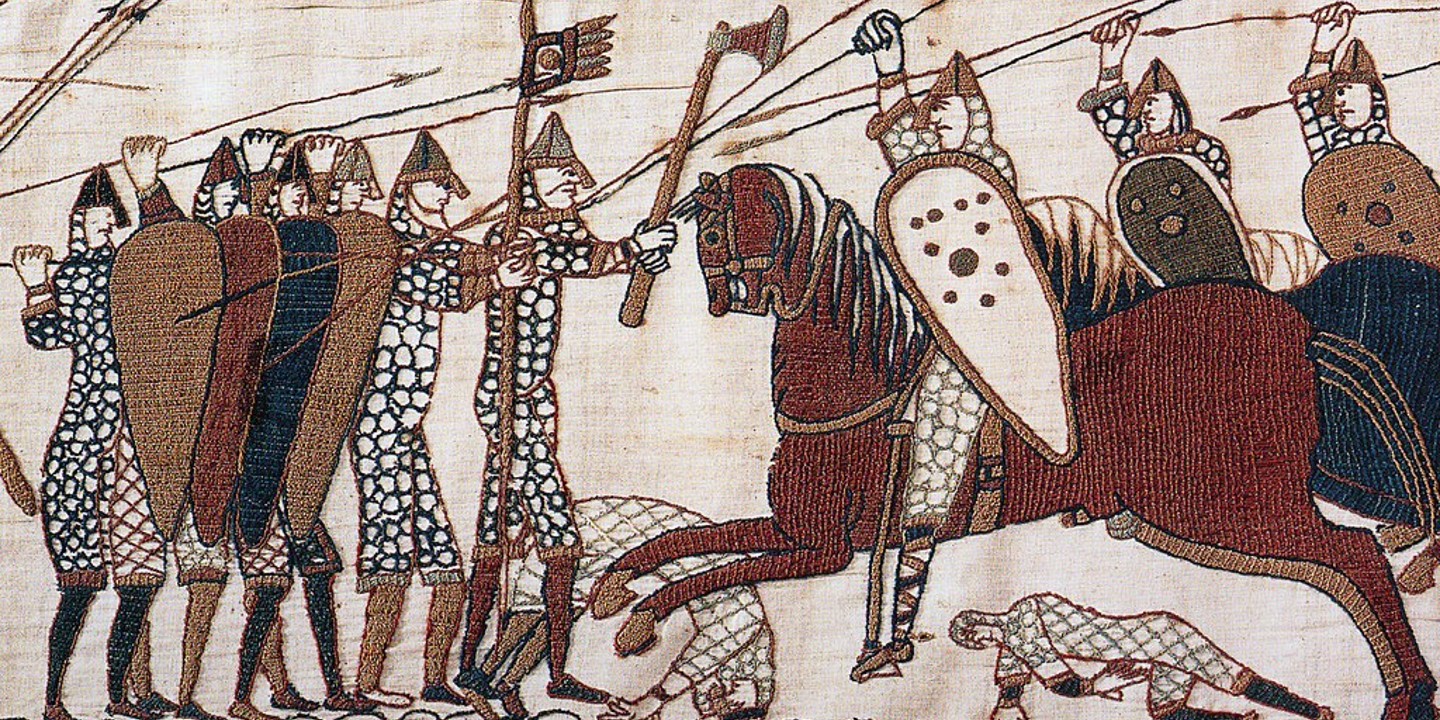
10 of the Shortest Wars in History & 10 of…
Wars: Longest and Shortest. Throughout history, wars have varied dramatically…
By Emilie Richardson-Dupuis Oct 7, 2024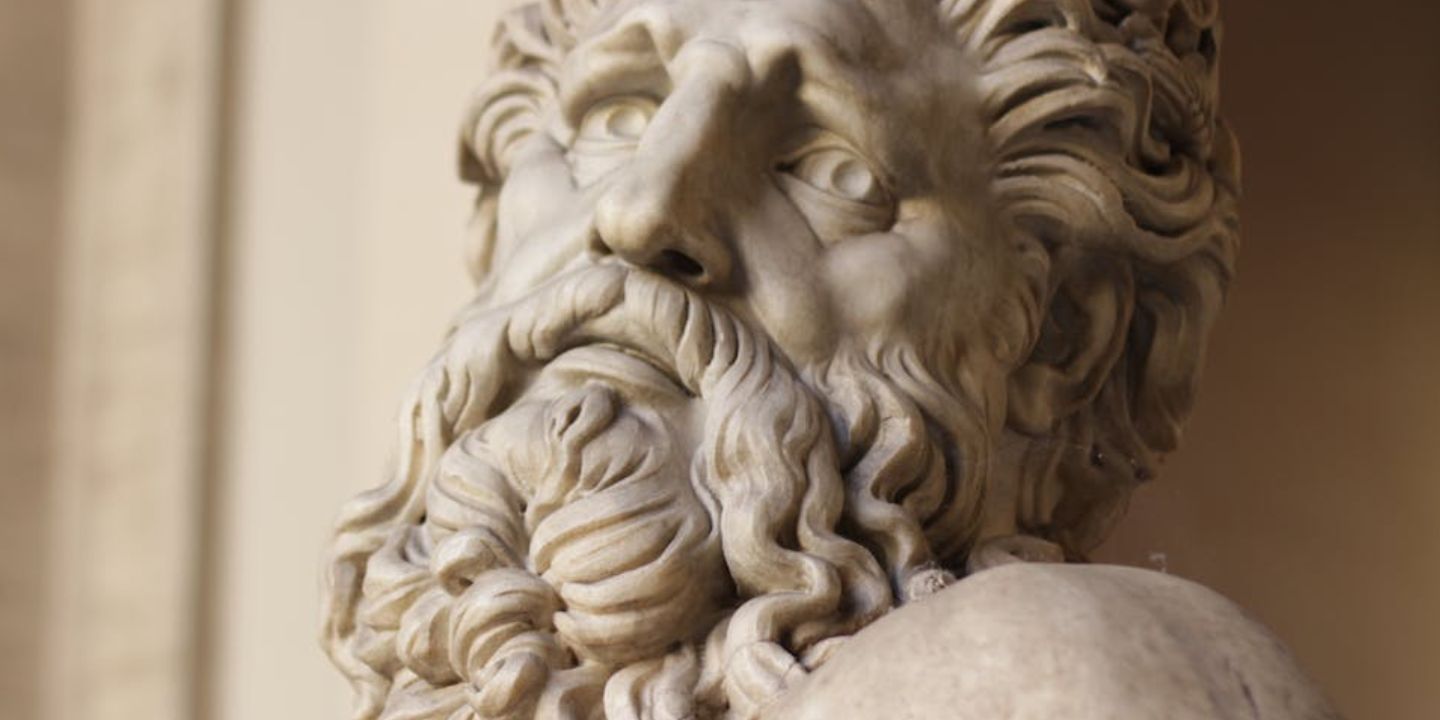
10 Fascinating Facts About Ancient Greece You Can Appreciate &…
Once Upon A Time Lived Some Ancient Weirdos.... Greece is…
By Megan Wickens Oct 7, 2024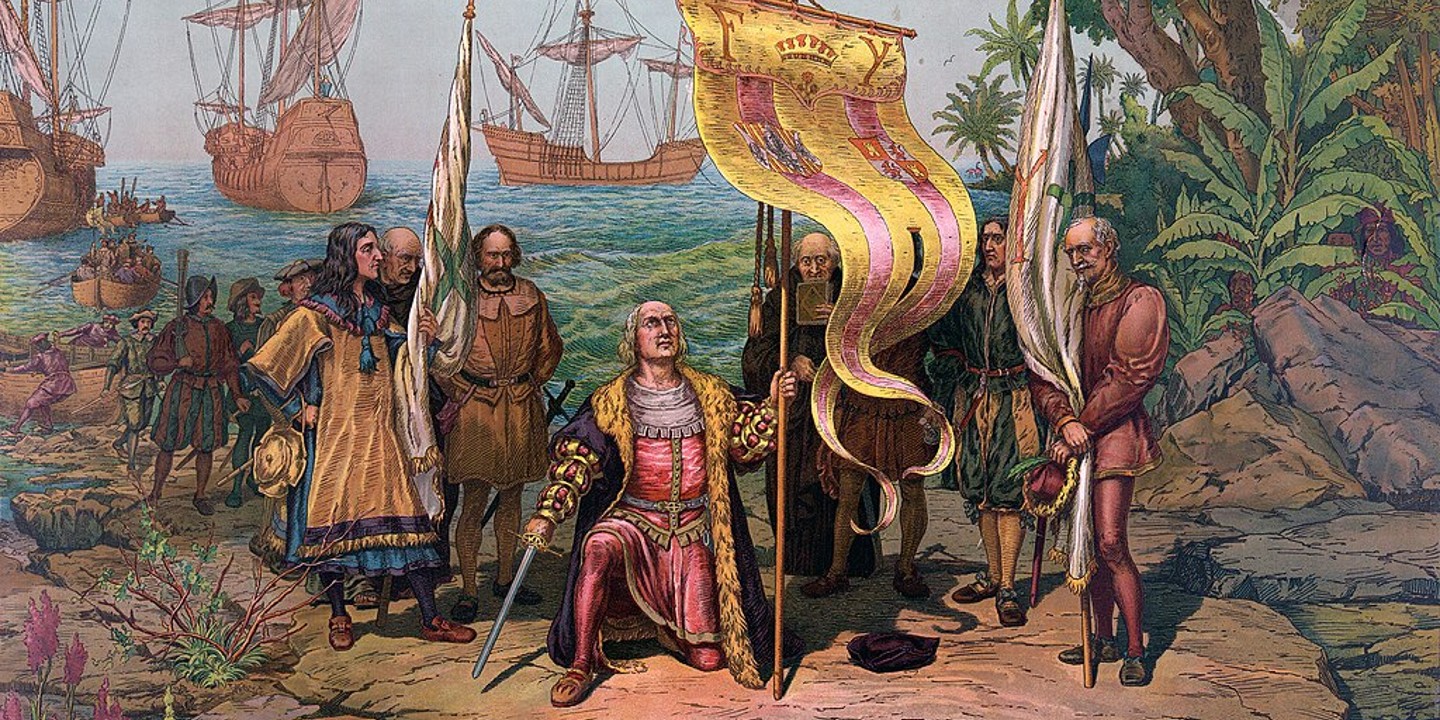
20 Lesser-Known Facts About Christopher Columbus You Don't Learn In…
In 1492, He Sailed The Ocean Blue. Christopher Columbus is…
By Emilie Richardson-Dupuis Oct 9, 2024
20 Historical Landmarks That Have The Craziest Conspiracy Theories
Unsolved Mysteries Of Ancient Places . When there's not enough evidence…
By Megan Wickens Oct 9, 2024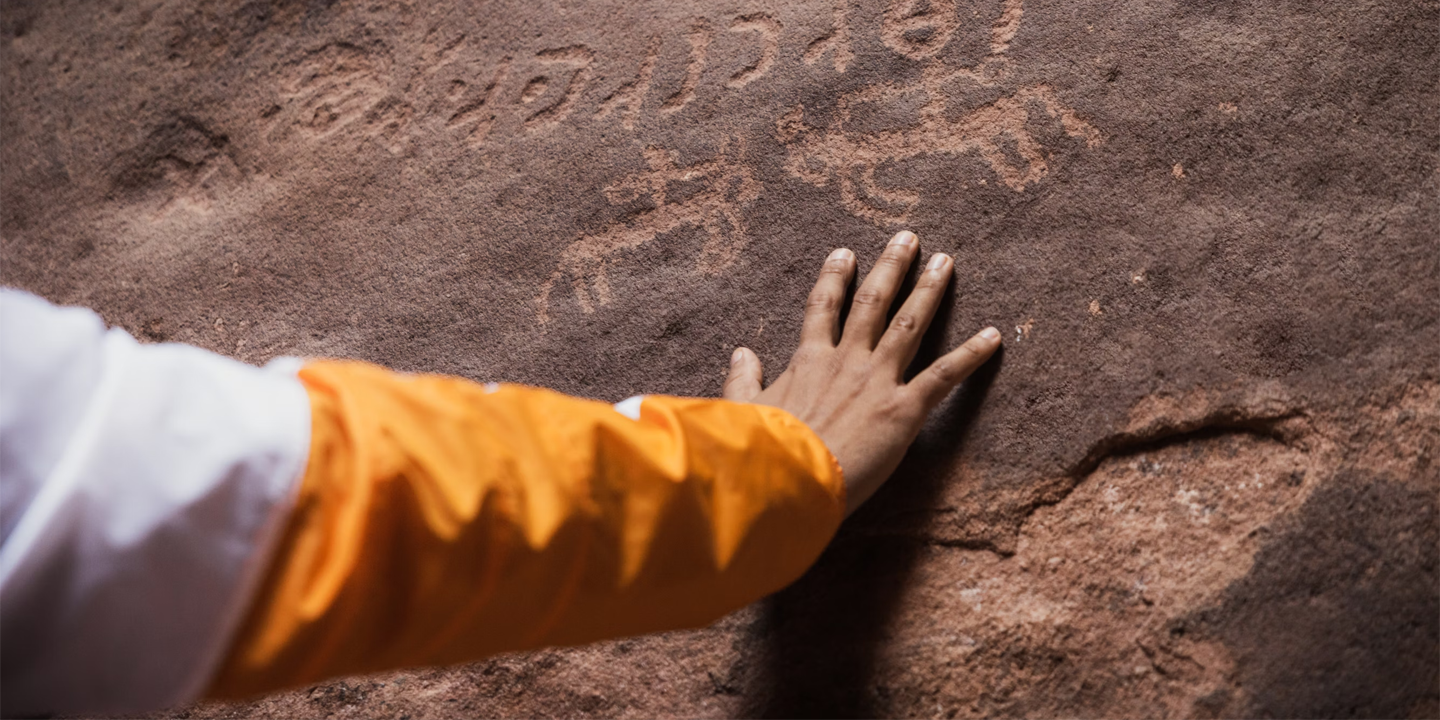
The 20 Craziest Inventions & Discoveries Made During Ancient Times
Crazy Ancient Inventions . While we're busy making big advancements in…
By Cathy Liu Oct 9, 2024


















